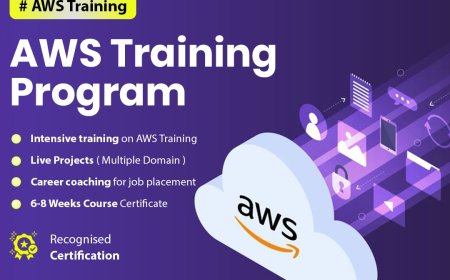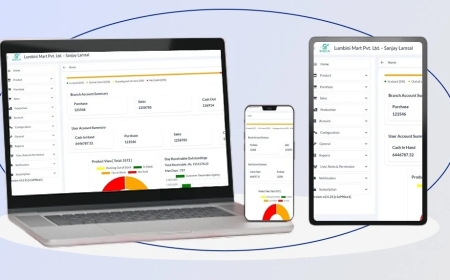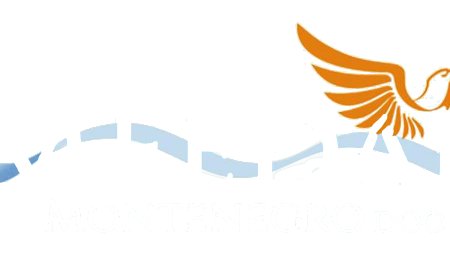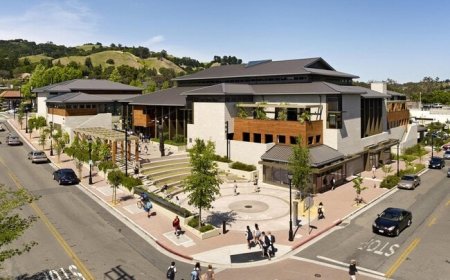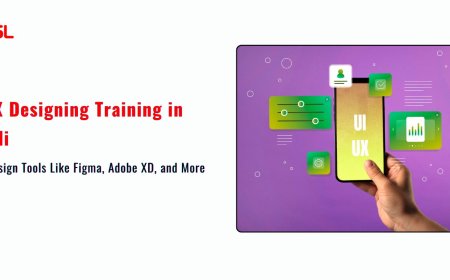Bottled Words of Wisdom NLP Classroom Techniques
Unlock powerful NLP classroom techniques in Bottled Words of Wisdom—practical tools to boost student engagement, communication, and emotional intelligence.

In a world where education constantly evolves, educators are increasingly exploring the power of psychological tools to foster deeper engagement and more meaningful learning experiences. Among these tools, Neuro-Linguistic Programming (NLP) has emerged as a powerful ally in the classroom, offering strategies that not only enhance communication but also reshape the way students connect with knowledge. This bottled collection of words of wisdom reveals how classroom techniques are redefining the modern educational landscape.
Understanding NLP in the Educational Context
Neuro-Linguistic Programming, commonly referred to as NLP, originated as a therapeutic methodology in the 1970s. Developed by Richard Bandler and John Grinder, NLP was designed to model excellence in human behavior by studying how language, thoughts, and patterns affect our actions. Over time, educators recognized that many of the core principles of NLP could be adapted for teaching, especially in areas involving communication, motivation, and behavioral change.
NLP is not about manipulating learners, but rather about understanding how students perceive the world and using that understanding to teach more effectively. Its about aligning teaching strategies with how students think, process information, and respond emotionally. This alignment can create more inclusive, engaging, and empowering learning environments.
Power of Language and Perception
Language shapes perception, and perception governs behavior. In the classroom, teachers constantly use language to instruct, motivate, and discipline. NLP explores how the choice of words, tone of voice, and even body language can dramatically influence student responses.
For example, instead of saying, "Dont forget to bring your homework," an NLP-informed teacher might say, "Remember to bring your homework." This subtle shift replaces a negative frame with a positive one, encouraging desired behavior rather than evoking fear of failure. These kinds of linguistic adjustments are simple, yet their effects can be profound over time.
Similarly, the use of metaphors and storytellingkey elements in NLPcan anchor abstract concepts in memorable, emotionally resonant narratives. When students are emotionally invested, their retention improves significantly. This form of teaching can be particularly beneficial for visual and kinesthetic learners who thrive on vivid imagery and active engagement.
Anchoring Positive States
Anchoring is an NLP concept that involves associating a specific stimulus with a desired emotional state. In educational settings, teachers can use anchoring to help students access confidence, calmness, or concentration.
For instance, if a student feels nervous before speaking in front of the class, a teacher might guide them through a brief visualization of a past successful experience while gently tapping their shoulder. Over time, the student can recreate that positive feeling simply through the same shoulder tap. While this might sound simplistic, the brains associative power is remarkably strong, and many educators have reported success using such methods.
These anchors become bottled memoriesaccessible states of mind that students can tap into repeatedly when faced with stress, fear, or self-doubt. In essence, educators can help students build mental "toolkits" of emotional resilience and focus.
Rapport Building Foundation of Engagement
A classroom cannot function effectively without rapportthe invisible thread that connects teachers and students on a human level. NLP emphasizes the importance of mirroring and matching student behavior subtly to build rapport quickly and authentically.
By aligning tone, posture, or pace of speech with those of their students, teachers send a nonverbal message: I understand you. This connection increases trust, openness, and the willingness to participate in learning activities. Rapport becomes especially critical in classrooms with diverse learning needs, as it provides a safe environment for risk-taking and inquiry.
Moreover, NLP helps educators become more aware of students' representational systemswhether they are primarily visual, auditory, or kinesthetic learnersand tailor their approach accordingly. A visual learner might benefit from diagrams, while a kinesthetic learner may need to manipulate physical materials. When students feel seen and heard in the way they naturally process information, their motivation often rises organically.
Reframing Shifting Mindsets with Purpose
One of the most transformative NLP techniques is reframingthe art of helping students see a situation from a new, more empowering perspective. Whether it's turning a mistake into a learning opportunity or a challenge into a stepping stone, reframing allows educators to transform fixed mindsets into growth mindsets.
For instance, a student struggling with math might say, "Im just not a math person." An NLP-trained teacher could reframe this as, "You may not yet have found the method that clicks for you." This slight adjustment opens up the possibility of growth and shifts the focus from ability to strategy.
Reframing encourages students to adopt a more flexible way of thinking, increasing their resilience and adaptability. When repeated over time, this practice helps students internalize a constructive narrative about themselves as learners, something that can have lifelong impacts beyond the classroom.
Modeling Excellence
At the heart of NLP is modelingstudying the behaviors, thought patterns, and beliefs of people who excel in a particular domain, then replicating those patterns to achieve similar outcomes. In educational settings, this technique encourages teachers to observe successful learners, identify what they do differently, and teach those strategies to others.
This could involve teaching metacognitive strategies like how to plan, monitor, and evaluate ones learning. For instance, a high-achieving student might unconsciously use mental rehearsal before exams. Once identified, this behavior can be taught to other students as a deliberate strategy.
This method cultivates a culture of excellence where success becomes demystified and accessible to all, not just the naturally gifted. By democratizing effective behaviors, modeling supports equity and empowerment within the learning process.
Integrating NLP Classroom Techniques for Sustainable Impact
What makes NLP especially powerful is its adaptability. Teachers can integrate it into existing frameworks without needing to overhaul their entire curriculum. Whether through mindful language choices, building rapport, anchoring emotional states, or encouraging cognitive flexibility, NLP classroom techniques offer a modular approach to enhancement rather than replacement.
When implemented with sincerity and consistency, these techniques dont just improve academic performancethey contribute to a more humane, student-centered learning environment. They shift the teacher-student relationship from one of authority to partnership, where both parties are engaged in a shared journey of discovery.
Moreover, as classrooms become more digitally integrated and culturally diverse, the need for nuanced, empathetic communication is more important than ever. NLP provides a toolkit to meet this demand, allowing educators to personalize learning and make every student feel valued.
Final Thoughts
Education is not just about transferring information; it's about transformation. The role of a teacher is not only to inform but to inspireto unlock the potential within each learner. Classroom techniques serve as a bridge between intention and impact, turning everyday moments into opportunities for growth and connection.
Bottled within these words of wisdom is a call to action for educators: to look beyond traditional pedagogy and embrace the subtle art of communication, perception, and psychological insight. As more teachers adopt these techniques, the classroom becomes not just a place of instruction but a sanctuary for curiosity, confidence, and continuous growth.


